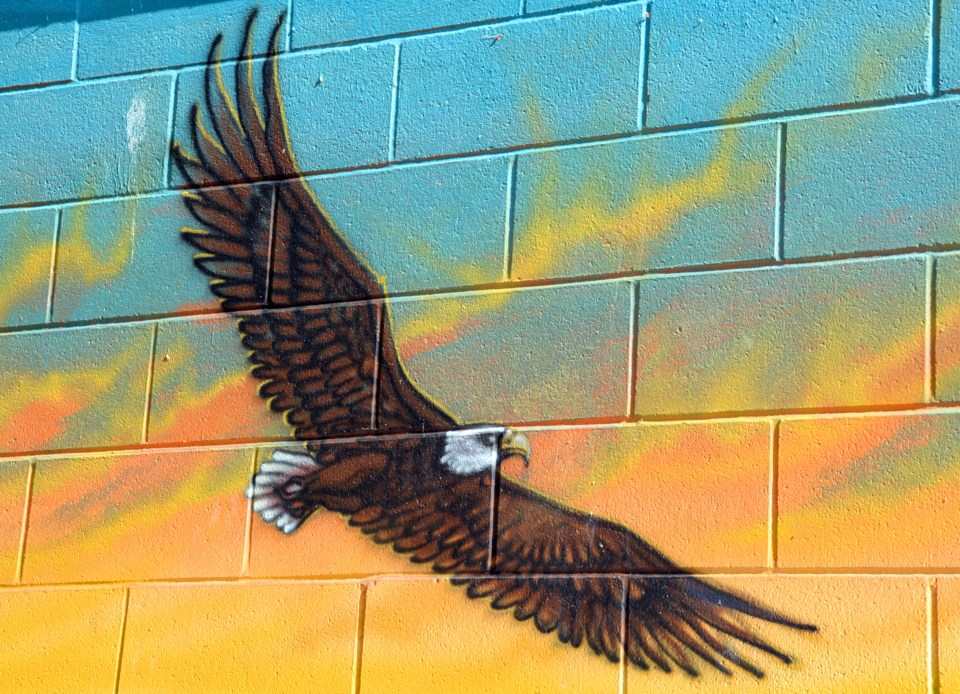Much has been made of the Green Party’s victory in Nanaimo-Ladysmith – with pundits maintaining it puts the other three major parties on notice, or that the Liberals’ fourth-place finish is a harbinger of danger for Justin Trudeau, or even worse news for the NDP – or that Nanaimo voters must be exhausted.
But one aspect that hasn’t attracted much notice or discussion is that of English Canada’s four major parties, two were represented by First Nations candidates: the NDP’s Bob Chamberlin, and the Liberals’ Michelle Corfield – who finished third and fourth, respectively.
So what’s the takeaway? Is it that we’re seeing more First Nations candidates, or that they finished third and fourth – and in Chamberlin’s case, lost a seat the NDP held?
“It’s encouraging that two of the major parties found respectable First Nations candidates to carry their banner in what was an important byelection,” says Nanwakolas President Dallas Smith.
Smith, who ran for the BC Liberals in a nearby Vancouver Island riding in 2017, says there were considerably more factors at play than ethnicity.
For example, many point to the Liberals’ fourth-place finish, but the party hasn’t traditionally been strong in the riding, and weren’t expected to realistically contend.
“I think Michelle (Corfield) carried Justin Trudeau on her back – I can only imagine just how heavy that was, given the amount of negative energy around the Prime Minister right now,” says Smith.
Ilan Goldenblatt, new Green MP Paul Manly’s campaign director, agreed many other issues were more discussed. One thing Manly heard repeatedly at the doorstep was that neither Chamberlin and Corfield were from the riding.
Smith – who broke ranks to publicly endorse Chamberlin in this election - thinks Chamberlin’s career with the Union of British Columbia Indian Chiefs hurt his chances.
“I think unfortunately Bob got caught up – he made a career of standing against certain issues,” says Smith, “there’s an optics of not being pro jobs.”
“Nanaimo is old school, old school NDP, old coal mining town, old union town,” says Smith, “I just don’t think people could see just how important jobs were in (the NDP) platform.”
Chamberlin also faced some grumbling within NDP ranks, as many thought local activist Lauren Semple had earned the nomination – Chamberlin was something of a late entry.
That said, Smith agrees there are some voters who won’t vote for First Nations candidates:
“I was told by some supporters they just couldn’t vote for a First Nations person.”
But for Smith the bigger takeaway isn’t lingering prejudice, but that major parties see First Nations candidates as viable.
“I was able to fundraise and bring out new supporters. Michelle [Corfield] and Bob [Chamberlin] probably did the same, and probably both brought out people who hadn’t ever voted.”
“It’s important to keep in perspective two of four major parties running First Nations candidates – that’s a huge step forward,” says Smith.
It’s worth pointing out that while Nanaimo-Ladysmith has a substantial Indigenous population, it’s still less than 10% of the riding’s total population – and as Goldenblatt points out, major parties increasingly see First Nations candidates as worth recruiting.
“Unfortunately, there’s elements of racism and bigotry everywhere in Canada, and [this riding] is no different,” says Goldenblatt, “but I would not believe at all that [Corfield and Chamberlin’s ethnicity] cost them the election,” citing issues like LNG as much more decisive.
“Obviously the results weren’t what either wanted,” says Smith, “but just the fact that it’s acceptable [to run] and were able to fundraise and things like that can’t be overlooked.”
Smith also points that it’s crucial First Nations voters – and candidates – aren’t pigeonholed as exclusively supporting any one party.
“Historically, when First Nations actually vote, they voted NDP. Now we’re starting to see people making breakthroughs with other parties.”
“To show that First Nations are just as widespread in their political views as general population is so important, so no one party takes First Nations votes for granted – or writes it off,” says Smith.
“The more qualified First Nations candidates into the spectrum, the better off we’re all going to be.”
Maclean Kay is Editor-in-Chief of The Orca



